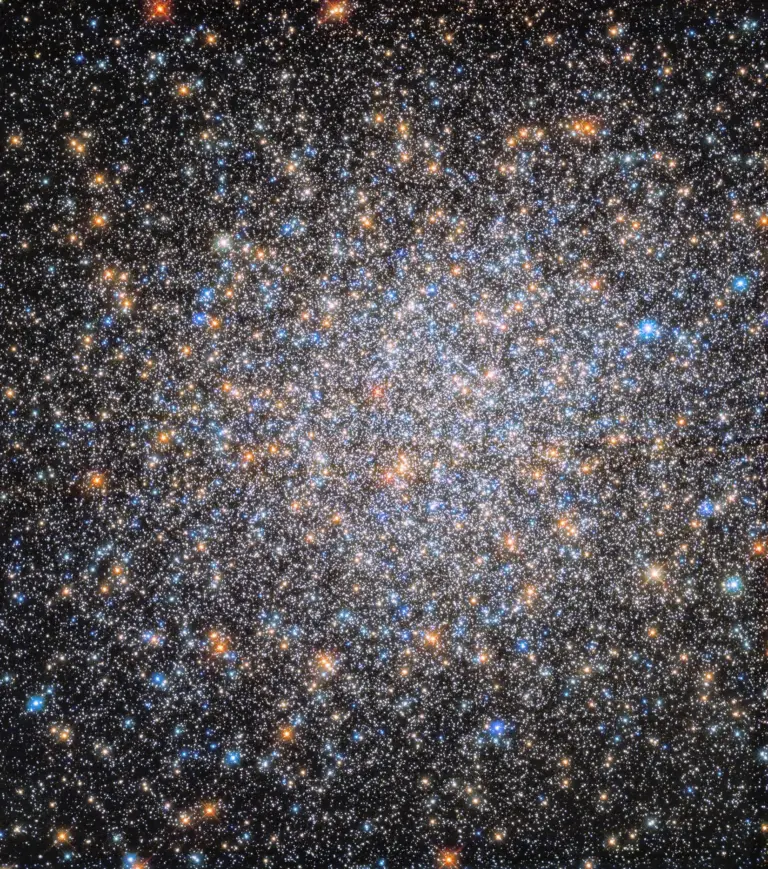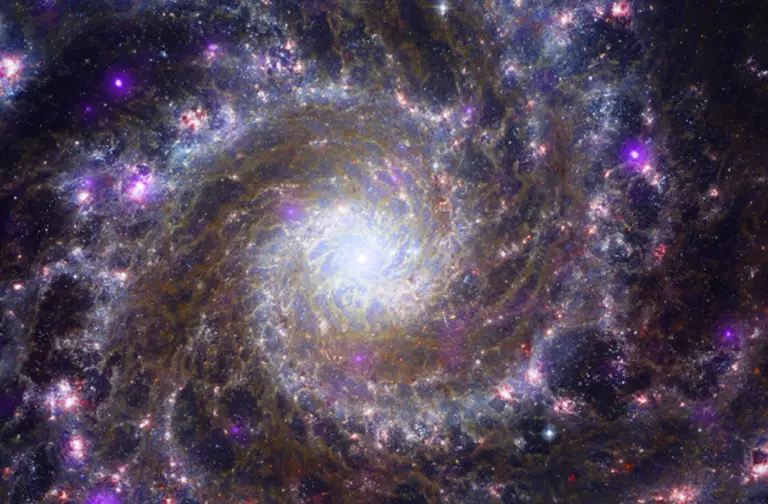The Boomerang Nebula
This HubbleClassic image from 2005 shows the Boomerang Nebula, made of two lobes of matter being ejected from one central star. Astronomers are unsure what causes this nebula’s bipolar outflow, but it is believed that the Boomerang Nebula is made of the ejected outer layers from an old red giant star.
Submillimeter radio measurements made in 1995 show the interior of the nebula has a temperature of about one degree Kelvin above absolute zero – with absolute zero equal to nearly -460 degrees Fahrenheit. This puts the inner regions of the Boomerang Nebula among the coldest known places in the universe.
The nebula is about 5,000 light-years away from Earth in the constellation Centaurus.
Image credit: NASA, ESA and The Hubble Heritage Team (STScI/AURA); Acknowledgment: J. Biretta (STScI)

Horsehead Nebula
10 years ago, Hubble shared this infrared view of the Horsehead Nebula! Harsh ultraviolet glare from a fledgling star near the top ridge of the nebula is slowly evaporating this pillar of hydrogen gas laced with dust.
This nebula, when observed in visible light, appears shadowy. However, Hubble’s infrared vision draws out more distant galaxies and stars, and reveals more transparency and detail with the Horsehead Nebula.
Image credit: NASA, ESA, and the Hubble Heritage Team (STScI/AURA)

Crab Nebula
Advertisements
The colors in this image do not match exactly what we would see with our eyes but yield insight into the composition of this spectacular stellar corpse. The orange filaments are the tattered remains of the star and consist mostly of hydrogen. The blue in the filaments in the outer part of the nebula represents neutral oxygen. Green is singly ionized sulfur, and red indicates doubly ionized oxygen. These elements were expelled during the supernova explosion.
A rapidly spinning neutron star (the ultra-dense core of the exploded star) is embedded in the center of the Crab Nebula. Electrons whirling at nearly the speed of light around the star’s magnetic field lines produce the eerie blue light in the interior of the nebula. The neutron star, like a lighthouse, ejects twin beams of radiation that make it appear to pulse 30 times per second as it rotates.
Credits: NASA, ESA, J. Hester and A. Loll (Arizona State University)

Ring Nebula
With NASA’s James Webb Space Telescope on the job too, now we’ve got a cosmic jewelbox! Here are views of the Southern Ring Nebula from Hubble & Webb. Hubble provides the visible-light view, while Webb’s infrared vision unveils more detail and even some background galaxies.
The dying, dimmer star at the nebula’s center has been casting off rings of gas and dust for thousands of years. This nebula is about 2,500 light-years away in the constellation Vela.
Credits: NASA, ESA



Advertisements
Advertisements



